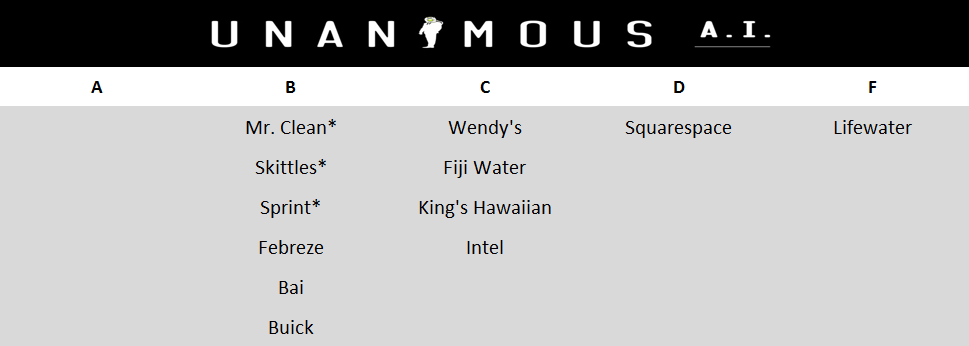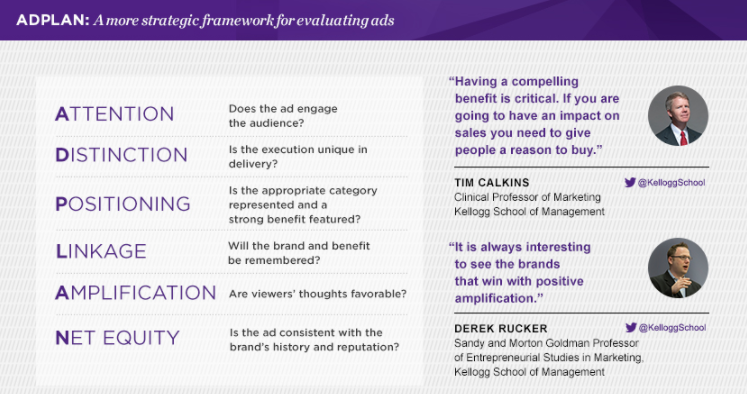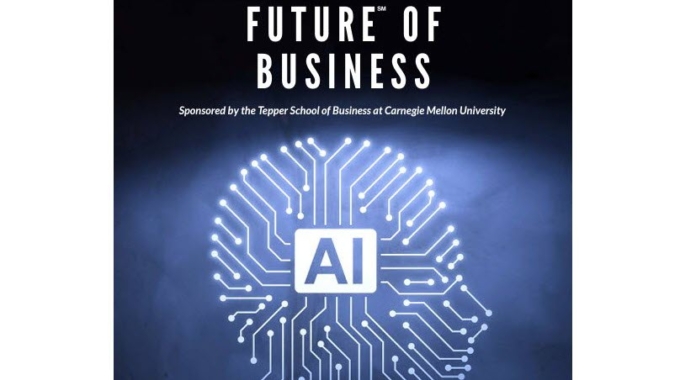Swarming the Super Bowl to Pick the Best Ads
Over one hundred million people will watch the Super Bowl on Sunday. That’s a lot of eyeballs on Tom Brady and Matt Ryan. But, there’s far more at stake on Super Bowl Sunday than just the Lombardi Trophy. As the Kellogg School of Management at Northwestern notes, each year companies will now spend upward of $2 billion dollars collectively on Super Bowl commercials. With that much money and exposure on the line, it’s imperative that brands craft and distribute effective ads. But how do you determine which ads were the most effective?
Traditionally, most companies turn to a poll or a focus group. But polls are, well, polarizing. And, focus groups can be expensive and problematic to say the least. In contrast, Unanimous A.I. combines crowd-sourced human input and A.I. algorithms to deliver its Swarm Insight™ to marketers and researchers. Modeled after swarms in nature — which converge on optimal solutions with remarkable efficiency — Swarm A.I. technology connects groups of consumers ( like the ones who will be watching on Sunday ) into real-time intelligent systems that “think together” to derive optimized research insights. From sentiment analysis to price sensitivity, Swarm Insight™ reveals more about consumers in minutes than expensive focus groups or massive polls do in days or weeks.

What you’re seeing is a Swarm A.I. responding to a 2017 Super Bowl ad for Mr. Clean. Each magnet represents the input of single consumer. Together, this group is taking part in a virtual negotiation that allows them to find the answer that best satisfies the group. The process takes only seconds, but, as ESPN writes, “produces more accurate results than traditional polls.” And that could have a profound impact on how what companies can learn about their advertising’s effectiveness on the consumers they’re trying to reach.
Swarm Insight and Kellogg’s ADPLAN
The Kellogg School has developed its “ADPLAN” methodology for evaluating advertising effectiveness over the past decade. ADPLAN identifies six criteria on which an ad can be judged: Attention, Distinction, Positioning, Linkage, Amplification, and Net Equity. Each year, graduate students from Kellogg gather during the Super Bowl to rank each ad as it airs, and their scores are aggregated towards a final letter grade, A to F, for every company. Results going all the way back to 2005 are available HERE.
Kellogg’s ADPLAN rankings are some of the most highly respected in the industry, but researchers here at Unanimous AI believe there might be room for improvement. Because ADPLAN’s methodology involves polling a highly trained set of advertising students, it runs the risk of failing to represent the most important perspective of all: the average consumer at whom the Super Bowl ads are being aimed. And, because ADPLAN waits until Super Bowl Sunday to evaluate the ads, there’s no time for brands to change ineffective advertising before they spend their money, nor double down on ads that score well. Since the landscape has changed to allow us to see these ads before Super Bowl Sunday, we hatched an experiment to see what Swarm Insight could reveal about the effectiveness of these on ads on their target audience.

Swarm A.I. Rates Wendy’s “Never Frozen” Super Bowl Ad on Favorability Amplification
To find out, our researchers formed a Swarm AI composed of dozens of regular viewers, and showed them a selection of 2017 Super Bowl ads that are already available on YouTube. As you can see above, ADPLAN was used as a template, and the swarm was asked to rate the ads on each of the six criteria. Finally, the swarm provided an ultimate ranking of each ad that can be correlated to Kellogg’s letter grades.

As you can see, the swarm was quite impressed with the Mr. Clean, Skittles, and Sprint Super Bowl ads, but no ad was given an “A” in its rankings. But, while you’ll have to wait until next week to see how the swarm’s rankings compare to Kellogg’s, we’re already prepared to declare a winner.

If you’d like to hear more about Swarm Insight, please visit us here: SWARM INSIGHT. And, if you’d like to be kept in the loop on the many applications of Swarm A.I., drop us a line below.



